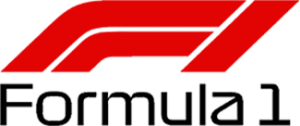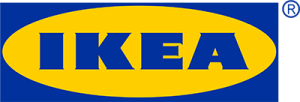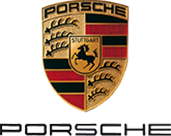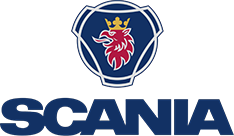The deflection of forklift forks is generally not an issue when the load remains close to the floor’s surface. However, the further a weight is positioned on the forks, the more they will bend. This is a mechanical inevitability, and telescopic forklift forks will also exhibit increased deflection as the weight is moved further from the forklift.
It is crucial that the load is properly balanced on the forklift forks, whether they are fixed or reach forks. For example, in a double-deep pallet application, the operator often cannot see how tilted the load is on the forks. Even if the forklift’s tilt indicator shows a horizontal position, the load may not be completely upright due to the deflection of the ReachForks.
A sensor located at the tip of the ReachForks detects this deviation. Using the display screen, the operator can adjust the forklift’s tilt function to ensure that the load is correctly aligned.
The sensor contributes to stable handling of the load on the forks by positioning the load upright. When moving the load forward or backward during reaching, this reduces the chance of the pallet hitting the crossbeam.
The display screen in the forklift cabin clearly shows when the load is correctly positioned on the forks. This prevents delays as the operator can make adjustments in advance when retrieving the pallet from the warehouse rack.
The sensor is very easy to install and can be read via a display in the forklift cabin. It improves visibility in pallet handling on a high level, potentially complains like physical strain (neck complains) due to the enhanced view.
If the forklift forks are not horizontal, it can cause damage when inserting the forks into the pallet. When lifting a load, the forklift forks will always bend. Without compensating for this bend, dangerous situations can arise. The KOOI® Deflection sensor can significantly enhance safety, efficiency, and workflow, especially in double-deep pallet storage.
Some forklifts can optionally have their mast set to a vertical position, which also makes the forks horizontal. However, this is not an “intelligent” function because it does not detect the weight on the forks, potentially leading to dangerous situations. The KOOI® deflection sensor can prevent this.
The deflection sensor is mounted at the front inside the tip of the KOOI® ReachForks. This position experiences the most bending. The deflection is visualized on the operator’s display in the forklift cabin via a Bluetooth signal, allowing the forklift driver to compensate for the bending using the tilt function.
Yes, the deflection sensor can also be mounted on fixed forks. The sensor is housed in a sturdy casing attached next to the forks. This option is also known as a tilt indicator. The deflection is visualized on the operator’s display in the forklift cabin via a Bluetooth signal, allowing the forklift driver to compensate for the bending using the tilt function.
Yes, the deflection sensor can be retrofitted on telescopic forks by replacing the outer sleeve of the ReachForks to include the sensor provision. The sensor is mounted at the front inside the tip in a shock-proof housing.














